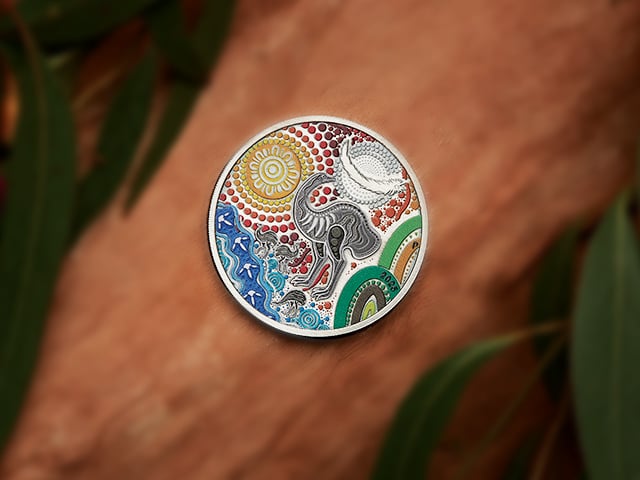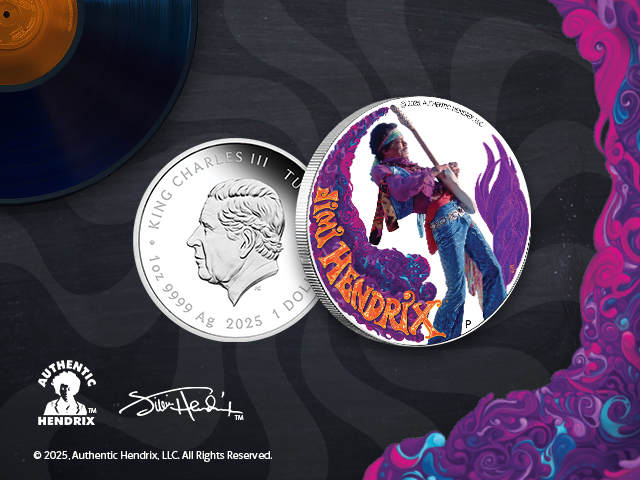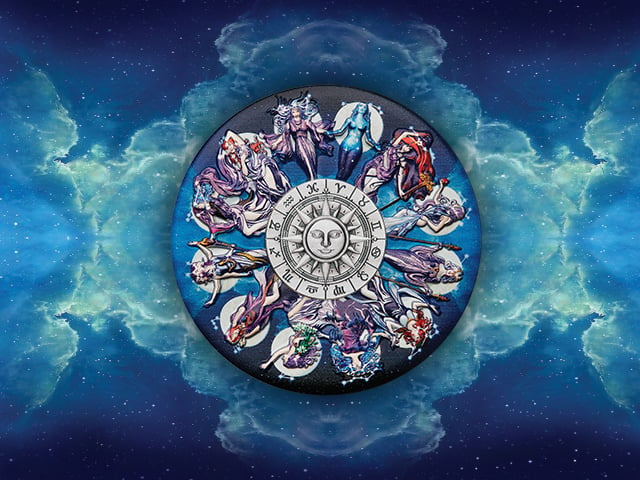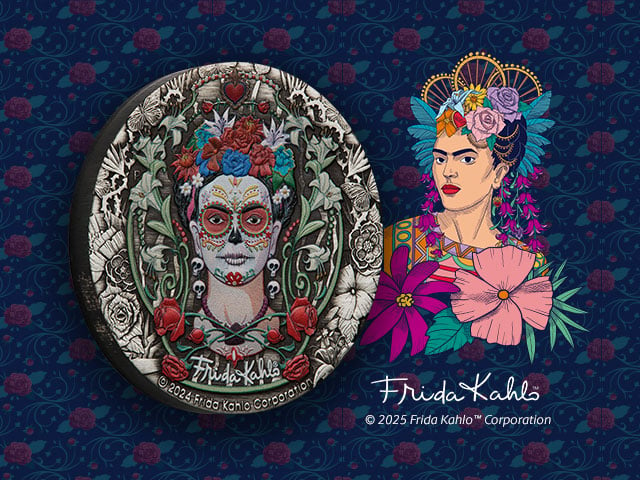Fit for a king - 100 years since Tutankhamun's discovery
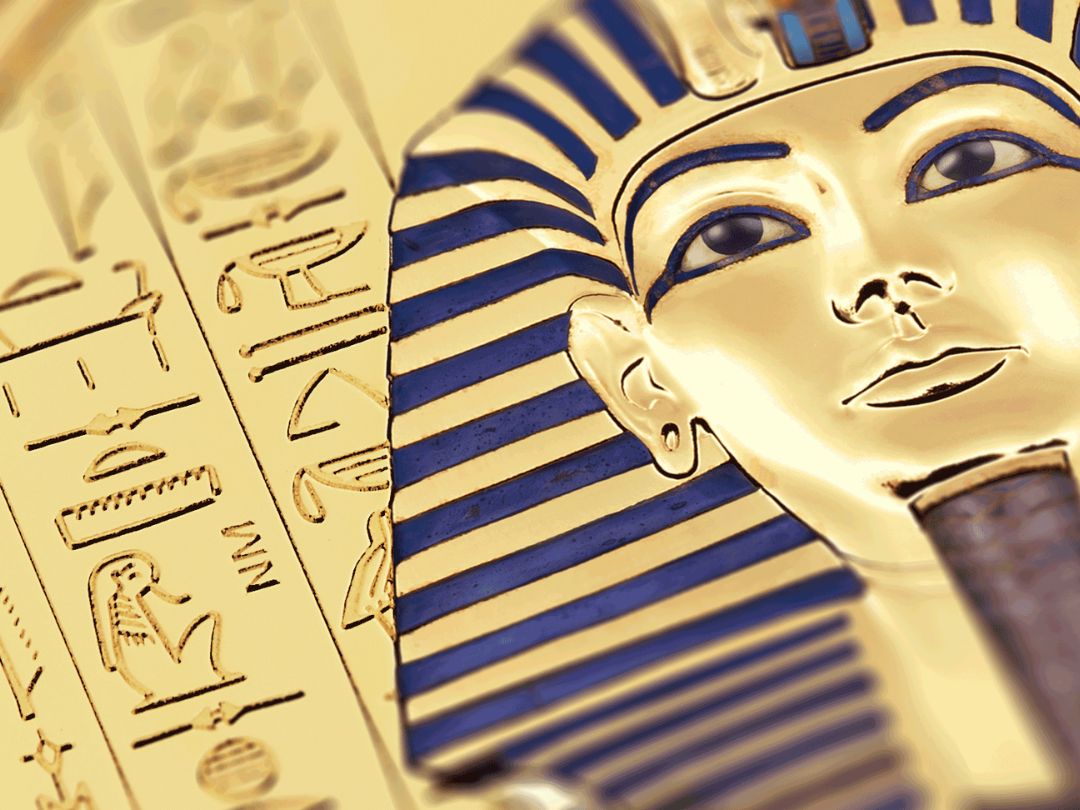
It is now 100 years since archaeologist Howard Carter discovered Tutankhamun’s tomb. The young pharaoh became a worldwide sensation, igniting massive new interest in ancient Egypt, and to this day remains a source of intense fascination.
Setting the discovery apart, Tutankhamun’s place of rest had been virtually untouched by tomb robbers. Along with the mummified body of a king almost 3,500 years old, its fabulous golden treasures remained remarkably undamaged.
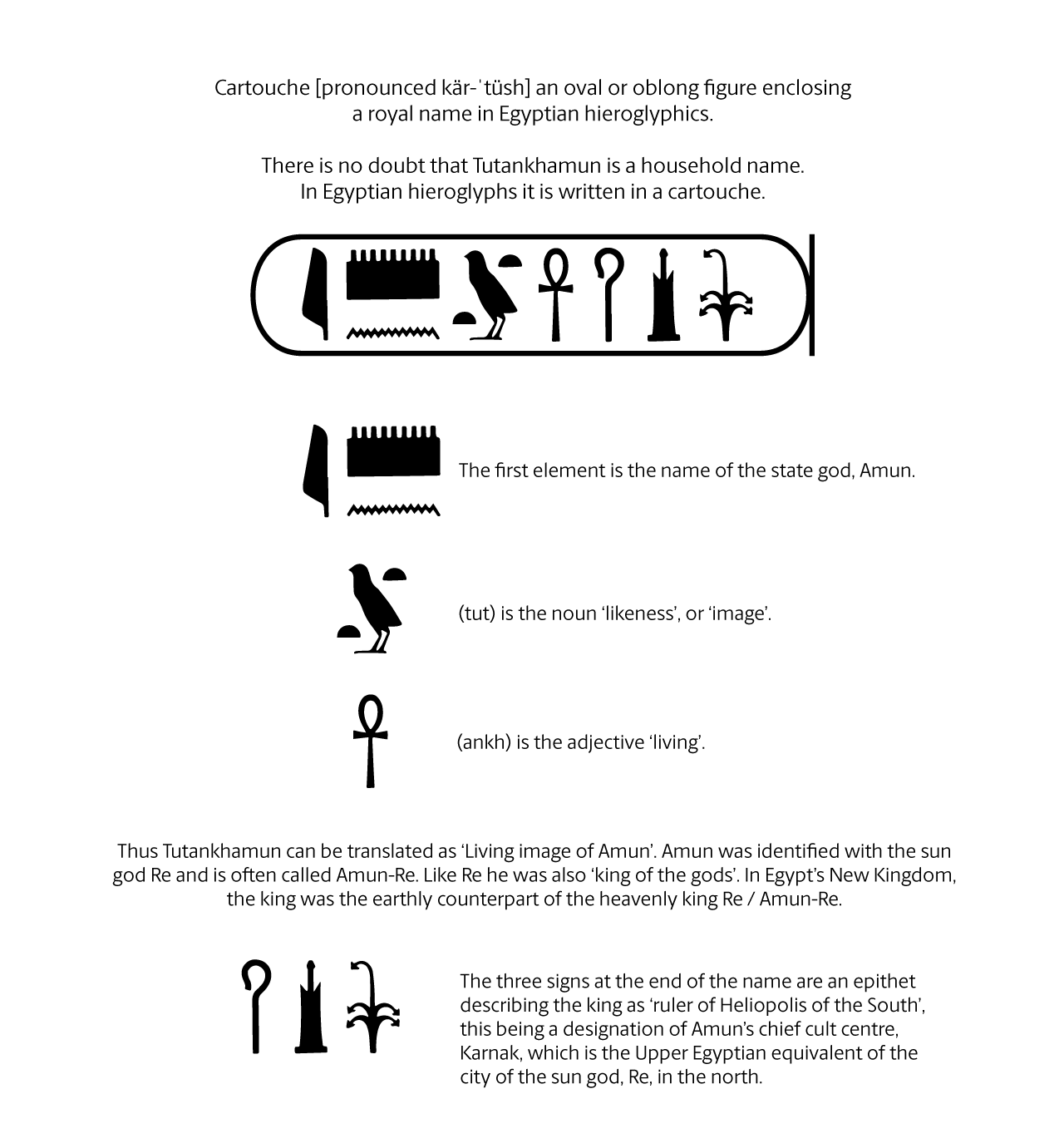
Tutankhamun: A mysterious figure
It is alarming to realise that the extraordinary story of Tutankhamun and the revelation of his priceless artefacts were so nearly lost forever. Little was previously known about the enigmatic figure and there were good reasons for the mystery surrounding his life.
A relatively minor figure who ruled for a short period between the ages of nine and 19, Tutankhamun was probably the son of Akhenaten. His father sparked tumult in Egypt with unpopular religious reforms, prompting future dynasties to all but wipe the reviled family name from the records.
The loss of these records meant details of their tombs also disappeared. The entrance to Tutankhamun’s place of interment was subsequently buried under the excavation spoil of the tomb of a later pharaoh, Ramesses VI, completely obscuring – but also preserving – it for millennia.
A miraculous discovery
By the early 1920s, Howard Carter had already spent six unsuccessful seasons searching Egypt’s famous Valley of the Kings. His sponsor, Lord Carnarvon, agreed to finance one final year’s work after most had concluded that the area was exhausted.
On 4 November 1922, after the removal of several stone huts, a local boy employed to carry water noticed a step cut into the rock. A day later, having cleared 11 more steps down to a sealed doorway, Carter was confident enough to declare “that it really was an entrance to a tomb, and by the seals, to all outward appearances that it was intact”.
Beyond the door lay a passageway sealed with a second door at its far end. Initially, Carter chiselled a small hole and with the aid of flickering candlelight peered into the room beyond, revealing “it’s strange and wonderful medley of extraordinary and beautiful objects heaped upon one another”.
Everywhere, there was the glint of gold.
Tutankhamun Discovery 100 Year Anniversary Coin
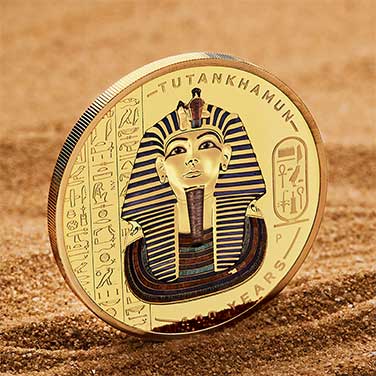
Struck from 1oz of 99.99% pure gold, this 2022 commemorative coin portrays the young pharaoh’s golden death mask.
Rendered from an official photograph, the coloured image depicts the famous artefact’s glass paste inlays. The proof table includes hieroglyphs redrawn from a photograph of the back of the mask, as well as Tutankhamun’s elliptical cartouche.
No more than 250 of the Tutankhamun Discovery 100 Year Anniversary 2022 1oz Gold Proof Coloured Coin will be released.
Fanatical Following
The riches of the antechamber and its adjoining annex bode well for what came next. Between two guardian statues lay yet another doorway, through which Carter would find the actual burial chamber and its treasury, adding further to the already marvellous cache of discoveries.
Catalogued on film by Metropolitan Museum photographer Harry Burton as the era of movie, newspaper and radio mass communications was taking off, ‘King Tut’ attracted a fanatical following as the world awaited with bated breath for the unwrapping of his body.
The sheer volume of relics to be logged meant modern humans looked upon Tutankhamun for the first time during the fourth excavation season of 1925/26. Inside the stone sarcophagus were three coffins, each crafted in the image of Osiris - god of the afterlife. Having removed the lids of the outer and middle caskets, Carter discovered “an astonishing fact – namely that this third coffin is made of solid gold”. Within, Tutankhamun’s death mask rested directly on the head and shoulders of his mummified remains.
An astounding find
An extraordinary example of ancient Egyptian art, the astounding mask is the best-known piece from what is probably the most spectacular archaeological find of all time. Even though it presents an idealised portrait of the young king, the facial features show a similarity with those of representations of other members of the royal family of the time.
Weighing more than 10 kilograms, the mask stands around 54 centimetres high, 39 centimetres wide and 49 centimetres deep. It was constructed from a number of separately made parts each beaten or cast from two sheets of high purity gold – the lustrous precious metal considered by ancient Egyptians to be the skin of the gods.
The king wears the royal nemes headdress with blue stripes of glass paste inlay. At his brow are the two tutelary goddesses of Upper and Lower Egypt, the vulture Nekhbet and the cobra Wadjet, inlaid with carnelian, lapis lazuli, quartzite and turquoise-coloured glass.
The eyebrows and eye liner are also of blue glass paste while the ceremonial beard is of green glass inlaid with gold wire to indicate platting. Around his neck is a broad collar, inlaid with lapis lazuli, quartz, green feldspar and glass. Its finials have the shape of a falcon head and are inlaid with obsidian. The king’s ears are pierced and amongst the jewellery in his tomb earrings were also found.
Inscribed on the shoulder and back of the mask is a hieroglyphic text, an extract from Chapter 151 of the ancient Egyptian Book of the Dead. Partially reproduced on the coin, the extract addresses the personified mask in the first person.
“(You are) at the brow of the Osiris (Tutankhamun), that he might see through you. You will lead him to the beautiful ways, you will smite for him the confederacy of Seth. He (the Osiris Tutankhamun) will overthrow your enemies in the presence of the Ennead in the Great Mansion of the Prince which is in Heliopolis where he seized the crown before Horus, lord of the nobles. The Osiris, king Nubkheperure, justified, given life like Re,” it said.
According to one of Australia’s leading authorities on Egyptology, Associate Professor Boyo Ockinga from the Department of History and Archaeology at Macquarie University, even though the mask is so well-known, to observe it in reality can be a startling and moving experience.
“The quality of its craftsmanship is exquisite and modern goldsmiths marvel at the high polish of the surface that the ancient Egyptian craftsmen achieved,” he said.
Untarnished by time, the extraordinary gold mask successfully symbolised Tutankhamun for eternity – just as the ancient Egyptians intended. There’s no doubt, its spellbinding power remains wholly undimmed.
The Perth Mint acknowledges renowned Egyptologist Honorary Associate Professor Boyo G Ockinga for his invaluable assistance with this project.









